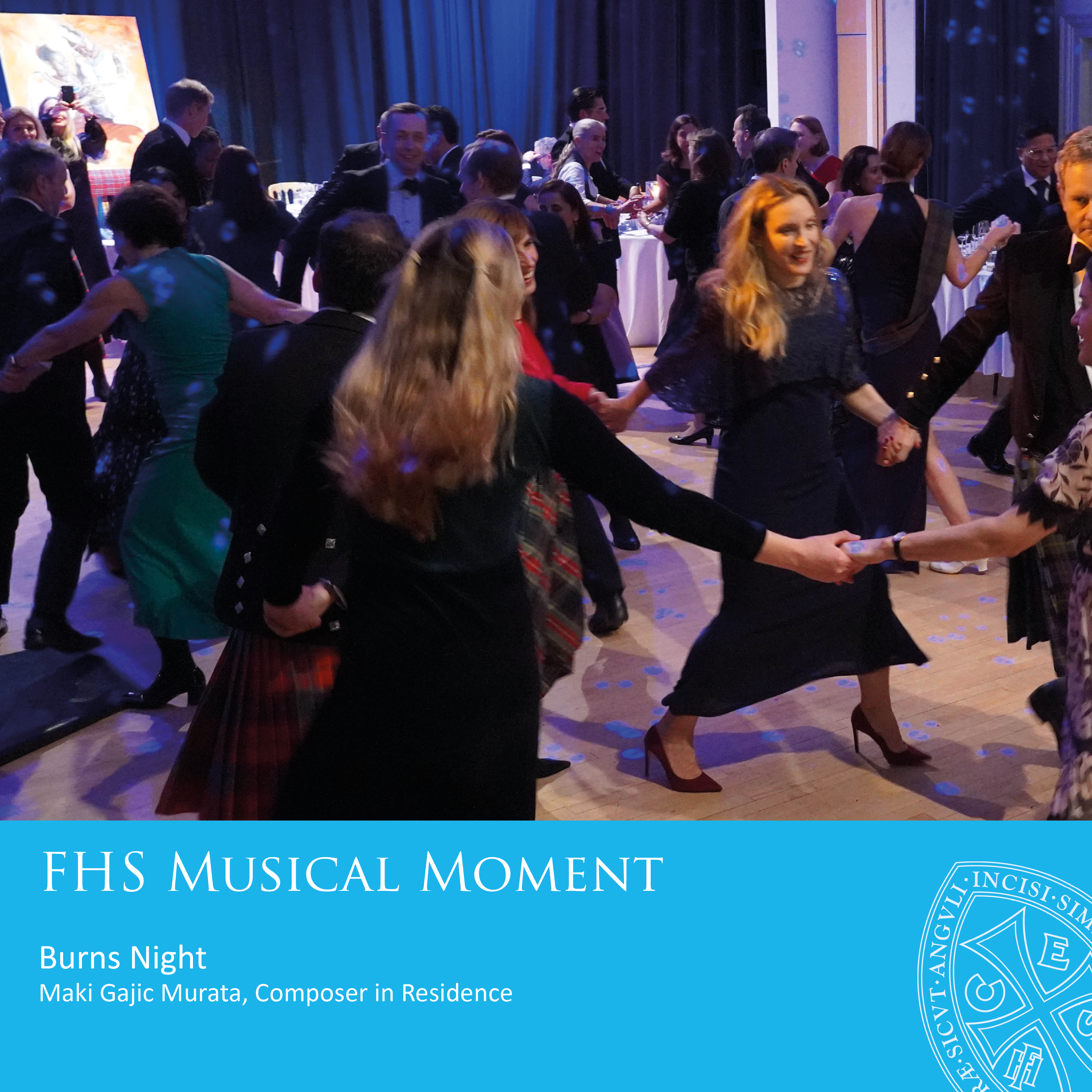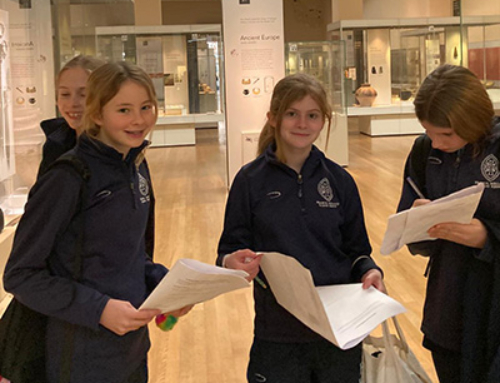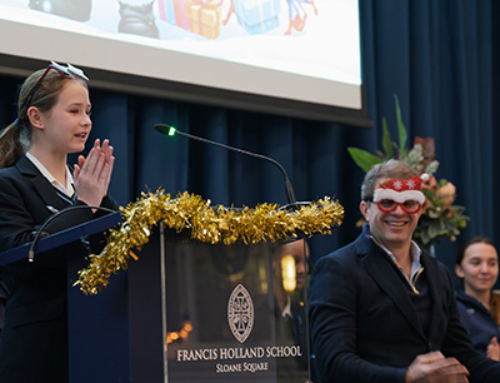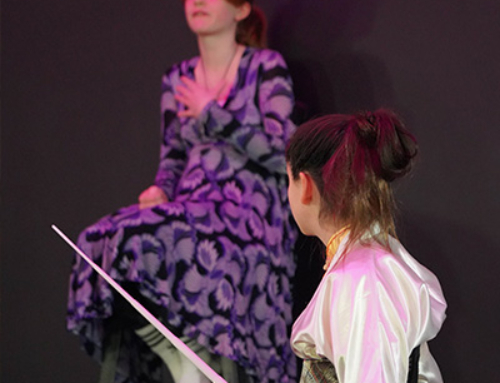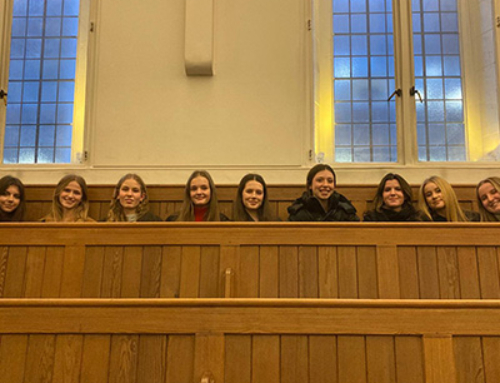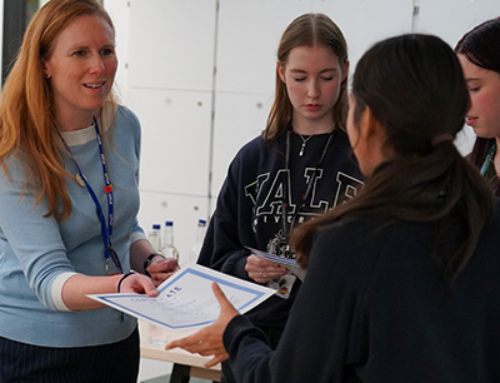Burns Night celebrates the life of Scottish bard Robert Burns with food, poetry and music. It is celebrated on Burns’ birthday, 25th January. Even though it is slightly late to be celebrating, in true FHS style the School is holding a big Burns Night celebration tonight, which will be a night full of great food, drink and lots of dancing!
Robert Burns is the author of many famous Scottish poems written in the late 1700s. Burns’ work includes Auld Lang Syne, which was later set to traditional folk music and is now sung at New Year parties. The first Burns Night was held in 1801 to mark the fifth anniversary of Burns’ death. The evening was hosted by some of his closest friends, who celebrated his life by feasting and reading his work. Since then, there have been 218 Burns Night celebrations, expanding from Scotland to all over the world, including China and Argentina.
A Burns supper is supposed to be shared with family and friends, eating neeps ‘n’ tatties and haggis, followed by a recital of Burns’ work and Toasts To The Lassies. Although the night features many traditional recitations there are some who like to add music and dancing to the evening’s programme, often with musical interludes or a céilidh. Céilidh is derived from the Gaelic word to visit, and is linked with a time when house parties would host guests with entertainment ranging from telling stories and singing songs based on local folklore. Over time the céilidh evolved into a structured step dance which requires a caller to shout out actions.
A céilidh can last for many hours, needing the musicians to play over 100 songs for each event and remaining alert throughout the musical marathon. Many people recall some dances starting early in the evening and continuing until the early hours of the morning. For the musicians, this means playing an excess of 150 tunes in one night, most of which are at a fast tempo. Traditional Scottish jigs and reels are played the most at céilidhs because of the sense of pulse and high-energy which are needed to drive the dancing.
Traditional bands include fiddle, accodion, drums, but over the years, other instruments such as saxophones and tubas have been seen playing at a céilidh. The swell of instruments and broader set list hasn’t gone unnoticed in the traditional Scottish music scene, especially with the older generation of céilidh goers who prefer the traditional line up and music. There are many musicians, who think that traditional music and céilidhs need to evolve to survive, and indeed, it has greatly evolved in the last four decades. For example, a lot of the music used to depend on singers leading the groups but now the virtuoso instrumentalists lead. Some skills remain the same despite the change in instruments, such as memorising a vast and constantly growing music catalogue and knowing complex music key signatures.
Here is a playlist of great Scottish tunes for a belated Burns Night!
Maki Gajic Murata, Composer in Residence


